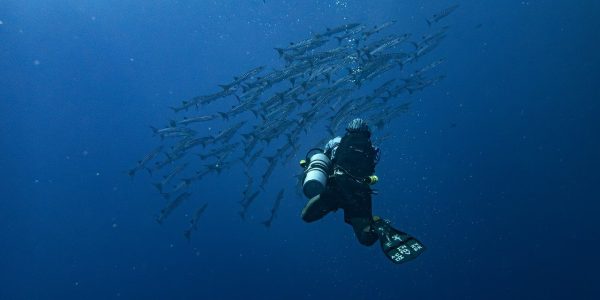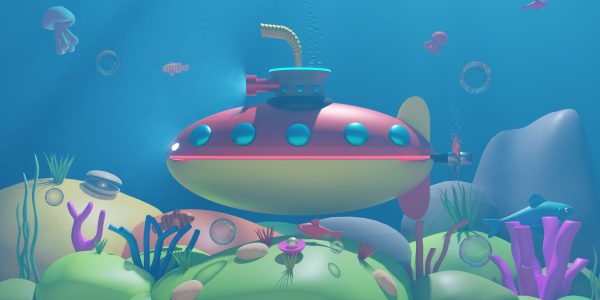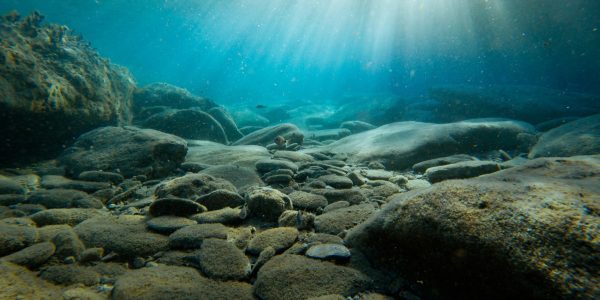Autonomy and Independence
One of the greatest benefits of submerged drones is their capacity to work independently.
One of the greatest benefits of submerged drones is their capacity to work independently.
Not at all like ROVs, which require steady human direction and are restricted by tie lengths, AUVs can explore freely.
This permits them to investigate tremendous regions, follow pre-decided courses, and perform assignments like planning the ocean bottom or gathering tests overstretched timeframes without the requirement for human intercession.
Independent activity additionally makes submerged drones ideal for remote or challenging to-get to areas, like the profound sea, lowered caverns, or districts that are risky to human jumpers.
Once conveyed, AUVs can do their missions, return to the surface, and send the gathered information to specialists, making them exceptionally practical and proficient for enormous scope studies.
The lower functional costs imply that submerged robots can be sent all the more regularly and over bigger regions, making them ideal for leading long haul exploration or routine checking errands for a portion of the expense of customary strategies.
Submerged drones are outfitted with a scope of refined sensors, cameras, and sonar frameworks, empowering them to gather nitty gritty information on the marine climate.



The capacity to incorporate a wide assortment of sensors on a solitary AUV permits scientists to assemble far reaching datasets that can be utilized for everything from environment wellbeing evaluations to environmental change demonstrating.
Water

Numerous submerged robots are intended to work at outrageous profundities, arriving at regions that were beforehand unavailable or excessively hazardous for human jumpers or conventional ROVs.
This capacity is especially significant for oceanographic research, as a large part of the sea’s remote ocean natural surroundings and biological systems remain inadequately comprehended. With submerged drones, researchers can investigate these distant conditions, find new species, and study the effect of human exercises like remote ocean mining or environmental change on these delicate biological systems.
